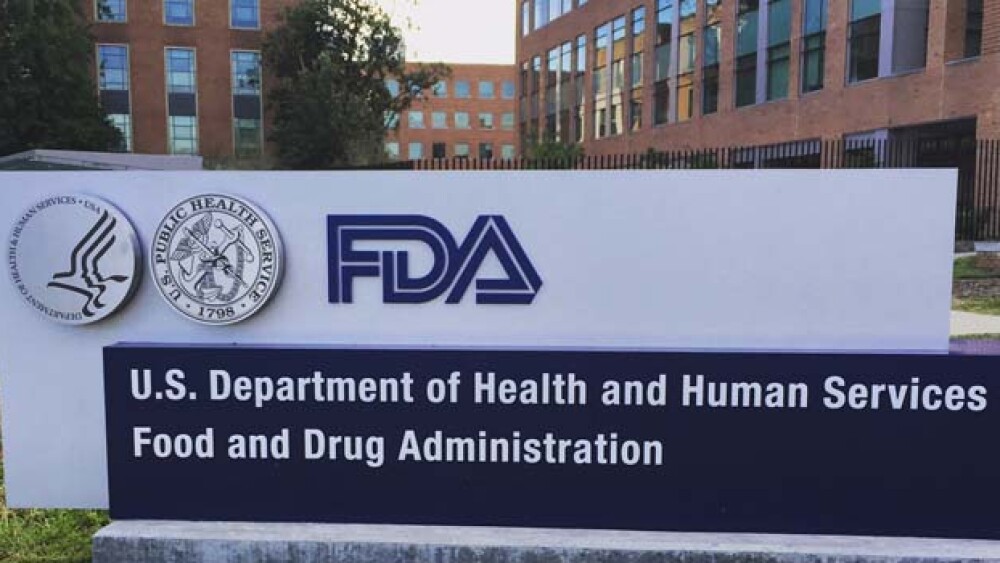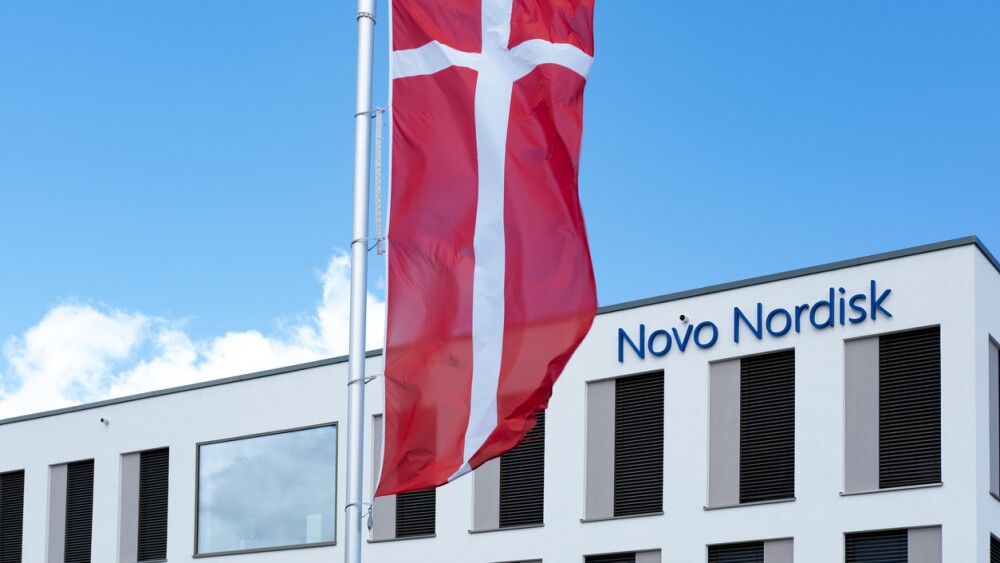Real-world evidence (RWE) or real-world data (RWD) relates to the collection of information about a drug’s safety and efficacy outside the structure of a clinical trial. Speaking yesterday, FDA Commissioner Scott Gottlieb laid out the FDA’s new framework for dealing with RWE and RWD.
Real-world evidence (RWE) or real-world data (RWD) relates to the collection of information about a drug’s safety and efficacy outside the structure of a clinical trial. Speaking yesterday at the Bipartisan Policy Center conference, U.S. Food and Drug Administration (FDA) Commissioner Scott Gottlieb laid out the FDA’s new framework for dealing with RWE and RWD.
RWD and RWE are collected from electronic health records (EHR), laboratory tests, wearable devices, insurance claims, and potentially even social media. Gottlieb reassured his listeners that this wasn’t an indictment of the randomized controlled clinical trial. “It’s a recognition that new approaches and technologies can help expand the sources of evidence that we can use to make more reliable treatment decisions. And it’s a recognition that this evidence base can continue to build and improve throughout the therapeutic life of an FDA approved drug or medical device.”
He described so-called “pragmatic and hybrid clinical trials,” which includes decentralized trials performed at the point of care. These, he said, “can help clinical trials become more agile and efficient by reducing administrative burdens on sponsors and those conducting trials and can allow patients to receive treatments from community providers without compromising the quality of the trial or the integrity of the data that’s being collected.”
In December, the FDA released its 2019 Strategic Framework that describes how these approaches will be utilized. Gottlieb noted, “Traditional postmarket studies typically require years to design and complete and cost millions of dollars. By encouraging the use of RWD and RWE, we may be able to provide patients and providers with important answers much sooner by potentially identifying a broader range of safety signals more quickly.”
Nancy A. Dreyer, chief scientific officer and global chief of scientific affairs for IQVIA Real-World & Analytic Solutions, writing for STAT, said, “Interesting, important, and sometimes surprising findings can emerge when the narrow constraints of clinical trial eligibility and intent-to-treat analyses are set aside.”
However, Dreyer also outlines some of the risks as well. What she terms “old-school thinking” calls real-world evidence “hopelessly biased, with critics clinging to the supremacy of the randomized controlled trial (RCT) as the only way to draw inferences about causation.” With good reason, most likely.
Dreyer also points out that critics say real-world studies have little if any data verification and some interesting and likely important data is often missing. But she insists that “such blanket criticisms no longer carry the day.” She argues that the FDA now believes real-world data can be included via “careful design and analysis.”
Part of the shift, she says, is a pilot study led by Friends of Cancer Research that was released in July 2018. It was a collaboration between six organizations using real-world data and analytics (and, not coincidentally, included IQVIA). “All participants in this voluntary collaboration followed a broad protocol outline to match the inclusion and exclusion criteria used in an RCT of treatment with approved immune checkpoint inhibitors for advanced non-small cell lung cancer.”
In his talk, Gottlieb noted the agency’s Sentinel system and similar tools that allow sponsors and the agency to transfer some studies and data collection to the point of care. They are particularly valuable when evaluating therapies for rare diseases.
Gottlieb noted, “In appropriate cases, we’ve also accepted RWE to support the evaluation of efficacy in product approvals—using data from registries, natural history studies and chart reviews—to establish a comparison arm in single arm trials in oncology and rare diseases.”
What the framework does, basically, is create a consistent approach to using the tools across all of the FDA’s drug and biologic review programs. Gottlieb said, “The Framework is aimed at leveraging information gathered from patients and the medical community to inform and shape the FDA’s decisions across our drug and biologic development efforts. This Framework will form a cornerstone of our efforts to advance the use of these tools. And in 2019 we’ll advance other new initiatives to better leverage RWD and RWE in our programs.”





